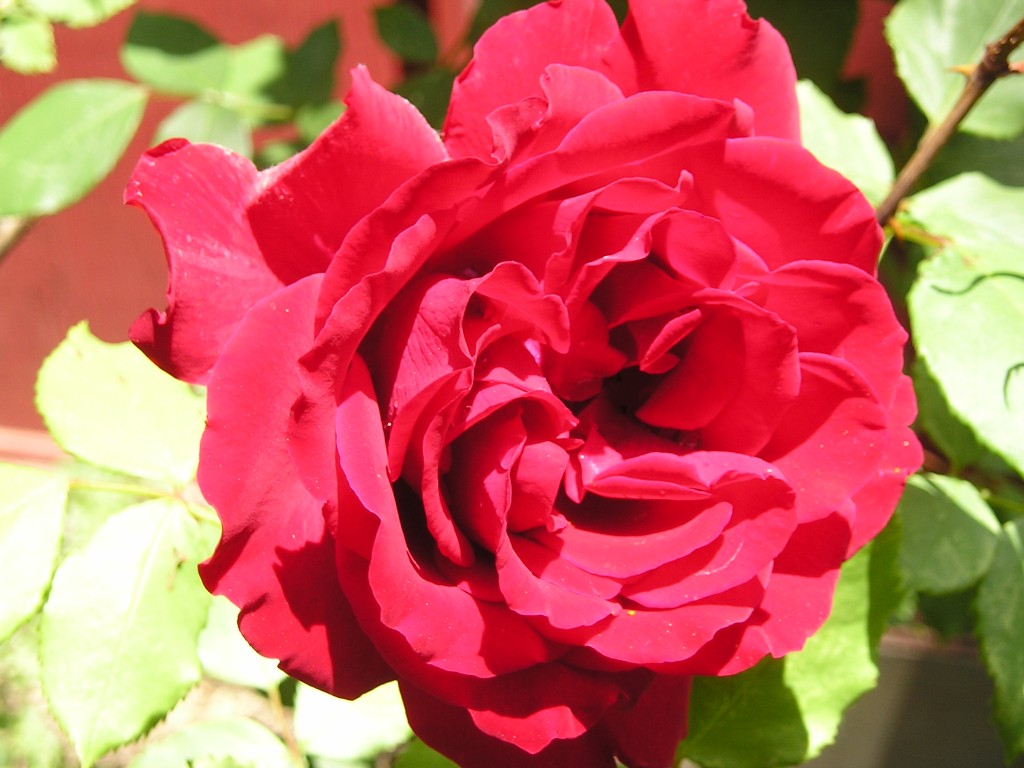Maintaining flowers in your garden can be hectic at times, but providing care for your roses is not as complex as it is often thought to be. Roses can elevate and transform your garden with just some additional attention to watering, feeding, and pruning. It does not matter the variety of roses you could be working with, shrubs, easy to grow miniature or the complex climbing varieties.
For you to produce healthy and abundant roses, you need to be feeding your roses properly. The best time to feed your roses is in the early springs,

Bushes pink tea rose in a vintage film effect with toning. Collage triptych. Rose Garden.
just at the time when their leaves are beginning to grow.
Roses that repeatedly bloom are always hungry, and at times suffer from nourishment. To avoid this from happening, roses are supposed to be fed every two weeks with types of foods like Miracle-Gro, which is a water-soluble rose food.
Roses are described as carnivorous plants and therefore will response positively to a generous feeding.
There are three steps that you can undertake to make sure that your roses are fed well.
The first one is to sprinkle rose or general-purpose fertilizer all around the roses during the springs at seventy per square meter.
After adding compost, mulch with rotted manure, which is the decayed organic matter. When doing this, you need to keep the mulch away from the stems of the rose, leaving a gap of ten centimeters between the stems and the mulch.
You should always feed your roses in containers every two weeks, starting from mid spring going through late summer. Make sure you use general-purpose fertilizer (liquid), up to the time when the flower buds begin to form. Later, you can apply high-potassium liquid fertilizer like tomato feed, which is also good for feeding roses.
Roses require three basic nutrients, which are nitrogen, potassium, and phosphorus. To thrive well, they will also need some trace and tertiary elements. The reason why nitrogen is fed to a rose flower is that it promotes the foliage growth, while potassium maintains vigor. Phosphorus’ primary function is to encourage flower development and healthy root.
Tertiary elements like sulphur, calcium, and magnesium promote root and plant cell growth. Trace elements like iron, copper, chloride and boron also perform the same function.
